Environmental Standards and Certifications
Current Reality
There are literally hundreds, if not thousands, of environmental certifications and standards today, ranging from those which could barely pass the sniff test of the marketing department in which they were incubated, to those which must pass formal audit and critical review by expert panels. Furthermore, to a casual observer, it may be difficult to differentiate between the extremes without performing research.
Unfortunately, the types of badges we may consider some of the most egregious offenders may have been created specifically to deflect or defuse what would be deserved criticism of environmental practices. This explosion of environmental marks may be referred to as "badge bloat," which is when there may be ten or more different standards all essentially certifying the same attribute. Unlike a battle of tangible and differentiated product standards (think of VHS v. Betamax or HD-DVD v. Blu-Ray) where the losing standard quickly ceases to exist because there is a direct cost, badges can live as long as the issuing industry group, NGO or corporation continues to exist. This persistence and proliferation can lead to tremendous confusion on the part of the consumer, and many a dinner debate among sustainability professionals as to the superior standard.
Prominent Certifications and Standards
Note that the term I use here is "prominent," and this is for a reason: below are some of the generally most referred to standards, and not necessarily the most valid or rigorous within a segment. As you gain more direct and indirect experience with certifications, you may begin to realize that some of those which are most popular may be beneficiaries of "first mover advantage" more than the most rigorous or well-defined.
| Logo/Badge | Summary |
|---|---|
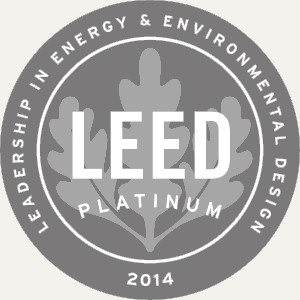 |
Leadership in Energy and Environmental Design (LEED) Primary domain: Sustainability of commercial, and increasingly, residential buildings. Primarily a US standard, though applied internationally. Statement: "LEED, or Leadership in Energy & Environmental Design, is a green building certification program that recognizes best-in-class building strategies and practices. To receive LEED certification, building projects satisfy prerequisites and earn points to achieve different levels of certification. Prerequisites and credits differ for each rating system, and teams choose the best fit for their project." Recipients: There are currently about 80,000 sites internationally holding a level of LEED certification or currently undergoing review. These sites range from Google locations and hospitals to manufacturing plants and private homes... and notably our Business Building, IM Building, and Moore Building on campus are all currently undergoing LEED certification. Notes: LEED is an example of a standard which gained a first mover advantage... and never stopped growing. It tends to be a bit of a hybrid standard in that it is partially prescriptive, yet flexible. To underscore this, it goes as far as to reward not only compliance with the various standards, but innovation in those areas. LEED AP (professional certifications) are very much in demand, with the U.S. Green Building Council reporting that over 9,000 job postings in the US between Mar 2013 and Feb 2014 required a LEED credential. To get a feel for what LEED looks like in practice, you can also peruse a database of LEED certified facilities and take a look at how your home might score according to the latest LEED standard. |
 |
International Organization for Standardization (ISO) 14001 Primary domain: A framework for the creation and reporting standards of an environmental management system (EMS). Global standard. Statement: "ISO 14001:2004 sets out the criteria for an environmental management system and can be certified to. It does not state requirements for environmental performance, but maps out a framework that a company or organization can follow to set up an effective environmental management system. It can be used by any organization regardless of its activity or sector. Using ISO 14001:2004 can provide assurance to company management and employees as well as external stakeholders that environmental impact is being measured and improved." Recipients: Many, especially in manufacturing (General Motors, Ford) and large facilities (hospitals, universities). In all, as of the ISO 2013 Survey, almost 302,000 sites worldwide held ISO 14001 certification. Notes: Many of ISO's standards in the sustainability realm, notably 14001, are not at all prescriptive. In fact, a typical refrain from those sites holding ISO 14001 certification is that it is more about process reporting and record keeping than the specific environmental impacts. Consider that a site could conceivably violate state or federal environmental regulations, and yet still comply with ISO 14001 without as much as an infraction. Of late, there has been increasing discussion of ISO becoming more prescriptive in new revisions of standards. In keeping with their sometimes idiosyncratic ways, ISO does not have a badge for 14001 certification, instead allowing companies to create their own according to a very specific set of standards (and contingent on ISO approval). Ironically, the vast majority of these badges are in violation of ISO standards, as ISO strictly requires all badges to refer to standard year (i.e., ISO 14001:2004). Most do not. ISO has provided an 11-page document on specifically how to refer to ISO 14001. |
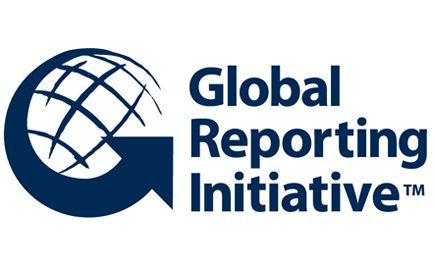 |
Global Reporting Initiative (GRI) 3.2 and 4.0 Primary domain: Organizational reporting and transparency, weighted toward large, publicly-traded corporations of all types. Global standard. Statement: "GRI's mission is to make sustainability reporting standard practice for all companies and organizations. Its Framework is a reporting system that provides metrics and methods for measuring and reporting sustainability-related impacts and performance. The Framework – which includes the Reporting Guidelines, Sector Guidance and other resources – enables greater organizational transparency and accountability. This can build stakeholders' trust in organizations, and lead to many other benefits. Thousands of organizations, of all sizes and sectors, use GRI's Framework to understand and communicate their sustainability performance." Recipients: A heavy percentage of the Fortune 500 and other large corporations worldwide, from Pepsi to Nike to Fiat. Overall, about 22,000 companies worldwide have filed reports with GRI, though many are not necessarily externally audited (you can submit what is called a "non-compliant" report, which basically means your company acknowledges that the report does not address each GRI reporting item). You can access all of the reports on their searchable Sustainability Disclosure Database, which we will be using more later in the semester. Notes: We will be using GRI quite a bit to unearth positions and potential areas for innovation, so I will delve into that discussion in those lessons. While it is also not a prescriptive standard, it is extremely rigorous in the items to be disclosed, from executive compensation to governance documentation. In essence, it forces transparency by capturing a company's responses to very specific questions. |
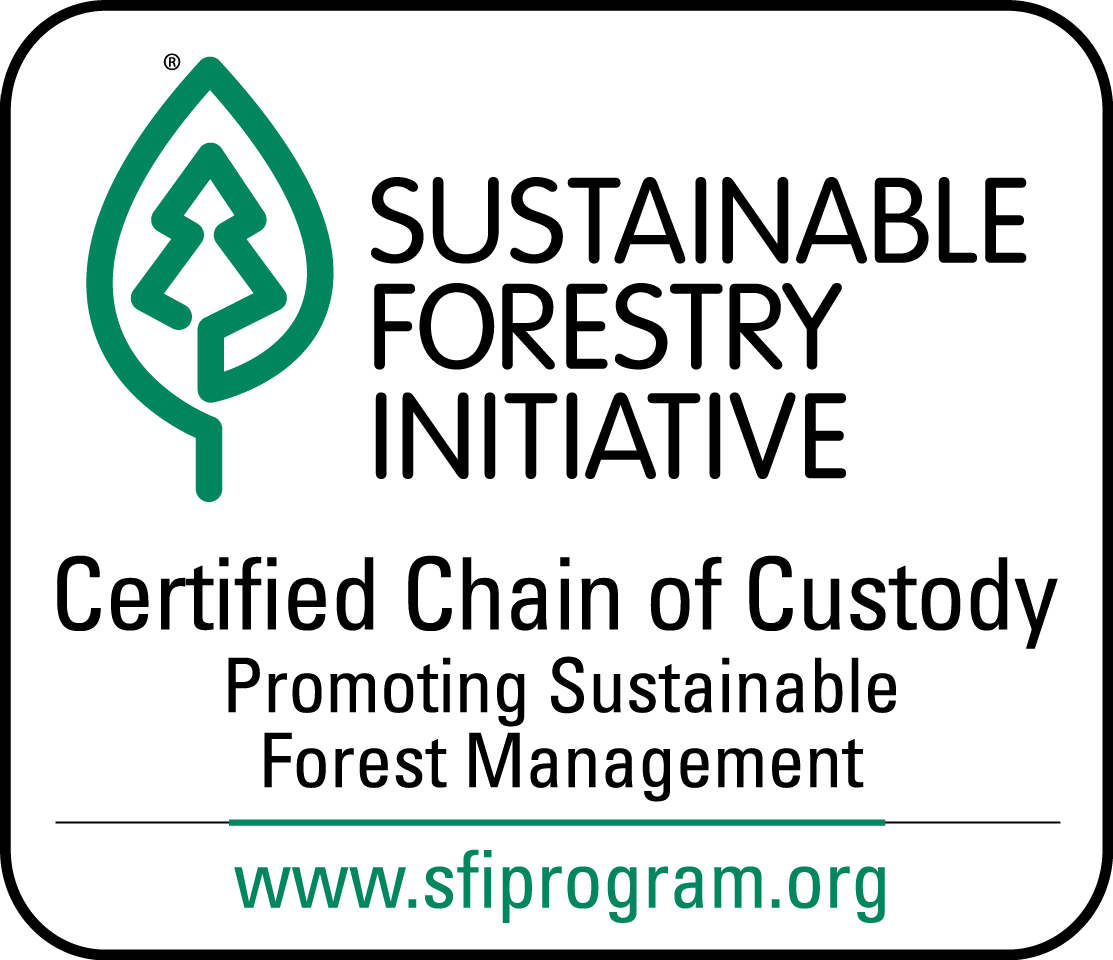 |
Sustainable Forestry Initiative (SFI) Primary domain: Lumber products, both domestic and exotic. Global standard. Statement: "The SFI program's unique fiber sourcing requirements promote responsible forest management on all suppliers' lands. SFI chain-of-custody (COC) certification tracks the percentage of fiber from certified forests, certified sourcing and post-consumer recycled content. SFI on-product labels identify both certified sourcing and COC claims to help consumers make responsible purchasing decisions. SFI Inc. is governed by a three-chamber board of directors representing environmental, social and economic sectors equally." Recipients: As we might expect, recipients are centered around wood products and fiber, including large wood products companies (Georgia Pacific, Boise Cascade) and major printers (QuadGraphics, R.R. Donnelley). Notes: A criticism leveled against SFI is that it is a "fluff" certification and sets a low bar. I have captured one of those lines of public discourse in the FSC Notes. |
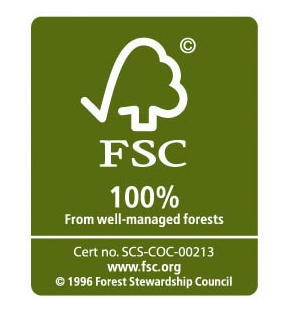 |
Forest Stewardship Council (FSC) Primary domain: Lumber products, both domestic and exotic. Global standard. Statement: "The Forest Stewardship Council A.C. (FSC) shall promote environmentally appropriate, socially beneficial, and economically viable management of the world's forests." Recipients: HP, AT&T, Allstate and many others, notably also those who are using paper and fiber products as a relatively small part of core operation (i.e., Allstate). Notes: SFI and FSC are an example of two certifications occupying a rather similar space, and there have been some rather public criticisms and more than a few cease and desists exchanged in regard to SFI v. FSC. |
 |
Energy Star Primary domain: Energy performance of appliances, lighting, HVAC components, and building systems. Primarily a US standard. Statement: "ENERGY STAR is a joint voluntary program of the U.S. Environmental Protection Agency and the U.S. Department of Energy that helps businesses and individuals save energy and fight climate change through energy efficient products, homes, and buildings." Recipients: Samsung, LG, Owens Corning, Carrier, and many other products have been rated to the Energy Star standard. Notes: Arguably, one of the more visible environmental standards in daily life, as it has become very widely used in everything from hot water heaters to refrigerators. (Interestingly, the yellow "EnergyGuide" label you see on every new appliance showing how it compares to peers in energy consumption has no affiliation with EnergyStar, as it it provided by the Federal Trade Commission, and not the EPA.) |
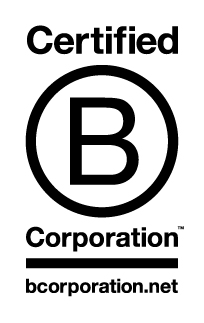 |
B Corporation Primary domain: 3P-centric organizational standard, favored by small- and mid-sized companies. Global standard, though primarily US-based companies. Statement: "B Corp is to business what Fair Trade certification is to coffee or USDA Organic certification is to milk. B Corps are certified by the nonprofit B Lab to meet rigorous standards of social and environmental performance, accountability, and transparency. Today, there is a growing community of more than 1,000 Certified B Corps from 33 countries and over 60 industries working together toward 1 unifying goal: to redefine success in business." Recipients: Companies from Ben & Jerry's and Patagonia to lesser-known LEAP Organics and Pachamama Coffee Co-op are all certified B Corps. Notes: Along with GRI, we will be taking a deeper look into B Corp later in the semester as a fertile ground for innovation. |
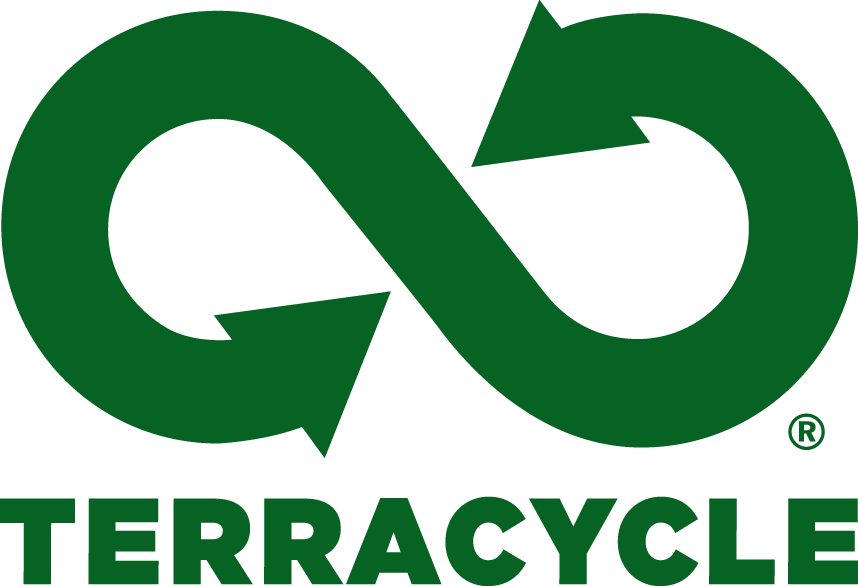 |
Terracycle Primary domain: Upcycling of packaging of consumer packaged goods, primarily food packaging from large corporate partners. Global program, though heavily US-based companies. Statement: "TerraCycle is a proud triple-bottom line company. [...] More than just a recycling company, TerraCycle strives to be a driving force behind increasing environmental awareness and action. Our goal is to be a trusted resource for families, schools, communities, and even corporations to find tips, stats, facts, tactics, and news to help them live a greener, cleaner lifestyle. Together, we are Eliminating the Idea of Waste®. Today, TerraCycle is a highly-awarded, international upcycling and recycling company that collects difficult-to-recycle packaging and products and repurposes the material into affordable, innovative products. TerraCycle is widely considered the world's leader in the collection and reuse of non-recyclable, post-consumer waste." Users: Target, Frito-Lay, Mars, and other consumer packaged goods and food companies. Notes: While not a certification, it is a mark that a given package waste can be collected and sent to TerraCycle for upcycling. There has also been some criticism leveled against TerraCycle for how and what they upcycle... if it is effective. (Note the comments section in the link, as a TerraCycle Co-founder rebuts some of the claims made.) |
Critical Analysis of Certifications and Standards
We will be embarking on quite a bit of critical analysis this semester, the reason being that the explosion of the sustainability practice has come with a number of certifications and companies with creative, interesting, and compelling public faces... and little else. When examining potential standards for your organization or the claims of others, it can be useful to consider the following:
- What is the peer group? In essence, what organizations are supporting the standard and what are the resulting filings/reports/outcomes? While not perfect, it can be very useful to watch the moves that highly respected, and importantly, third-party verified sustainability leaders are making in regard to environmental standards.
- Are organizations making it a requirement of their own supply chains? We will spend some amount of time on this topic as a source of opportunity and potential innovation, but if a company requires suppliers to be certified to an environmental standard, chances are they have quite a bit of interaction with it and believe it has an important role. One caution here is that these certifications can be in vogue on an industry basis... for example, conflict mineral standards are emerging as a significant concern in electronics, but are barely on the radar of many other industries not using these materials.
- Are audits and reports public? In many cases, the results of third-party audits of the standards are made public, and these can provide an excellent view into how rigorous a standard is in practice. Metaphorically, think of certifications as a physical... if all that is being reported in the report is "blood pressure and heart rate," we could expect the doctor is not terribly concerned with the well-being of the patient.
- Who can you talk to? One thing to remember is that those in the sustainability practice tend to be very highly engaged, though perhaps time- and resource constrained. If you are interested in a standard or choosing between competing standards, find a small handful of sustainability peers at organizations utilizing the standards and get in contact. I believe you will find that many are very willing to provide unvarnished experiences with the standards.
ISO has introduced a set of three standards specifically to evaluate environmental claims and labels: ISO 14021, 14024 and 14025. These could, in time, become exactly the independent validation of environmental claims many organizations are seeking, but currently, having to enlist a panel of judges to allow a company to use a badge on a product may be too slow and involved for many organizations. That said, the standards document provides many valuable ideas an organization could emulate internally to validate environmental claims being made.
